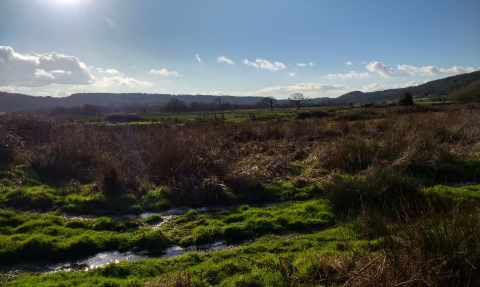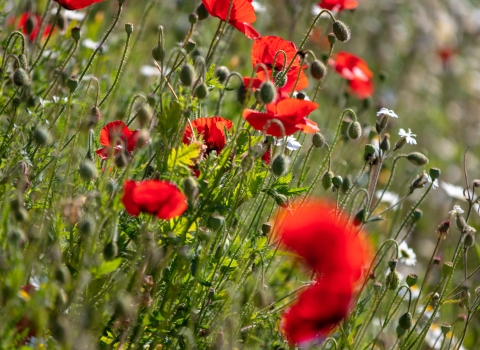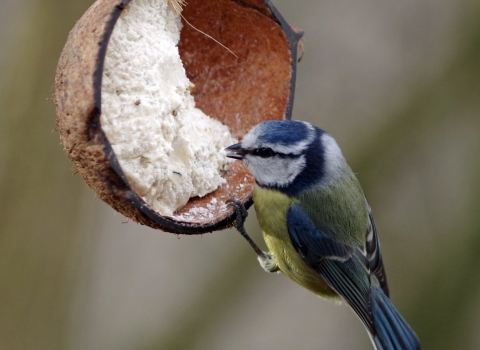
Climate emergency
Our Climate is Changing
Human-accelerated climate change is one of the most profound environmental crises that we have ever experienced.
The world is already 1°C warmer than pre-industrial levels and we are experiencing the impacts, from extreme weather to rising sea levels and diminishing Arctic sea ice.
Without urgent action, global warming is likely to reach 1.5 °C by as soon as 2030. Exceeding this threshold by even half a degree will significantly increase the risk of drought, flood, wildfires, food shortages and poverty for hundreds of millions of people, as well as biodiversity loss and species extinctions. If the world keeps on warming, we could see catastrophic climate breakdown.
Why are we facing a climate emergency?
We continue to lose our most precious remnants of wild natural space and vast numbers of our insects and birds. Our existing laws are too weak and the climate and ecological crisis we face is not being taken seriously enough. We need ambitious natural climate solutions that capture carbon in our peatlands, meadows and forests. When living systems like these are able to recover, they can draw down carbon from the atmosphere and lock it up so it’s vital we protect and restore these landscapes.
How our work helps tackle climate change
We’re working every day with volunteers, partner organisations and businesses to protect and restore habitats across our West of England region. We tackle climate and ecological emergency by practical conservation at landscape scale, inspiring people and communities to take bold action and by campaigning for a healthy natural world.
The only route to nature's recovery is through the creation of a nature recovery network - an interconnected network across the UK – including throughout and across our Avon region - where wild plants and animals don't simply survive in diminishing numbers but can thrive, moving from place to place, living, feeding and flourishing into the future.
How our work helps tackle the climate crisis
Restoring our wetlands
The North Somerset Levels and Moors - around 8,000 hectares of low-lying wetland - represents almost 4% of what remains of rare wetland habitat in the UK and is home to semi aquatic plants and wetland and wading birds and invertebrates.
Together with our partners, we’re working hard to restore the biodiversity of this area, improve the water quality of the network of ditches which criss-cross this landscape and look after the mineral-rich peaty soil. Wetlands have an important role to play in climate solutions and wetland plants can lock away carbon so it’s vital we’re able to continue caring for this beautiful landscape.
Grassland restoration
97% of the UK's wildflower-rich grasslands have been lost since the 1930's, with a devastating impact for many species. We’re working to protect rare and valuable grasslands across our region, including focusing on ‘urban fringe’ areas around Bath. Creating and restoring areas of wildflower-rich grassland with high plant diversity can help speed up the rate of carbon absorbed by the soil and provides rich habitat for pollinating insects and the wildlife that depend on them.
My Wild City – providing connected wild space in city neighbourhoods
Connecting wild spaces across wide areas must include urban and ‘fringe’ areas as well as larger rural landscapes. Our My Wild City project sets a vision for nature-rich communities and we’re directly working with eight Bristol communities to enhance local wildlife sites to provide flourishing habitats for wildlife and spaces for people to enjoy.
Feed Bristol – sustainable wildlife-friendly food production in the heart of the city
Our pioneering Feed Bristol project in Bristol, grows hundreds of wildflowers through a wildflower nursery which are sold throughout our region, providing rich habitat in gardens, parks, business and community spaces. And through wildlife-friendly, sustainable food growing across six acres, we demonstrate nature’s recovery in action.


